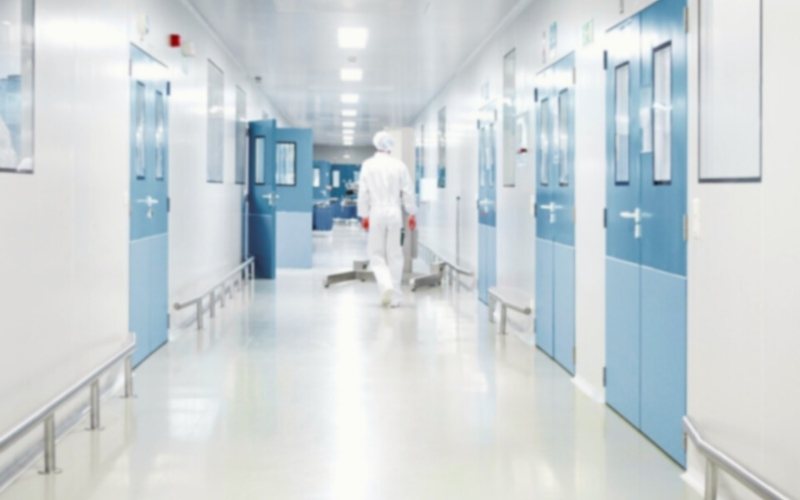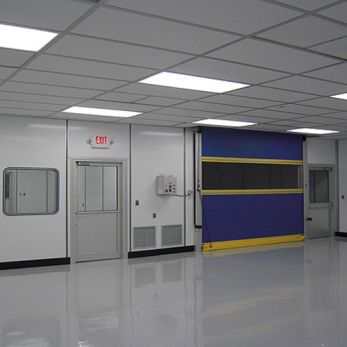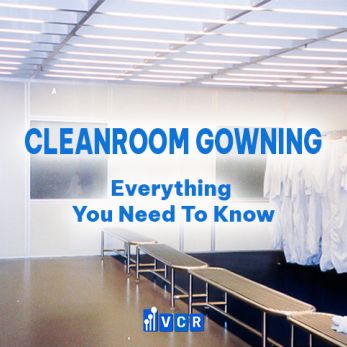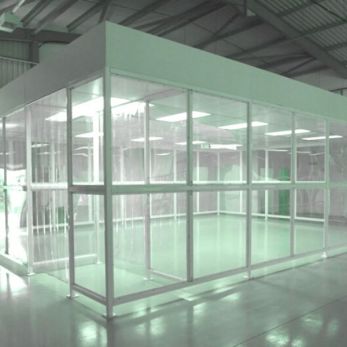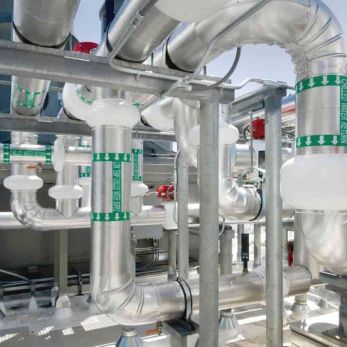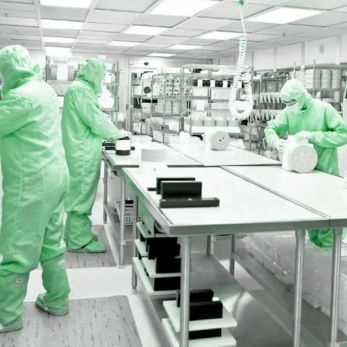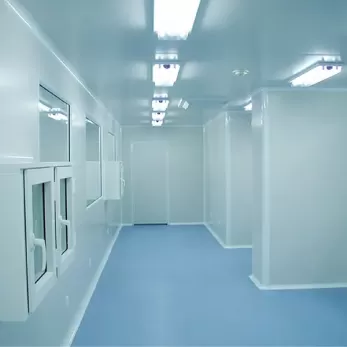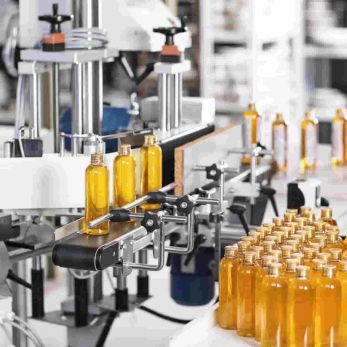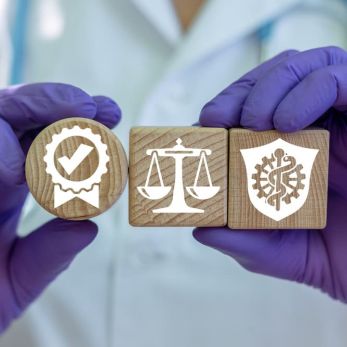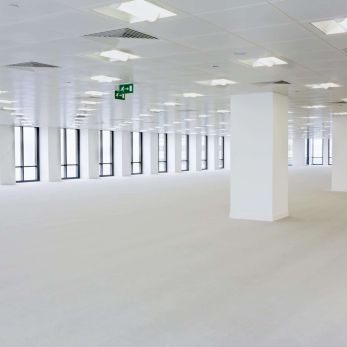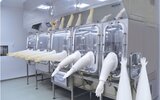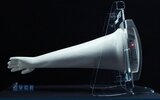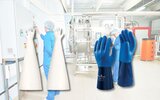The difference between cleanrooms and ordinary rooms
Cleanroom design encompasses much more than conventional temperature and humidity control. Typical office building air contains from 500,000 to 1,000,000 particles (0.5 microns or larger) per cubic foot of air. A Class 100 cleanroom is designed to never
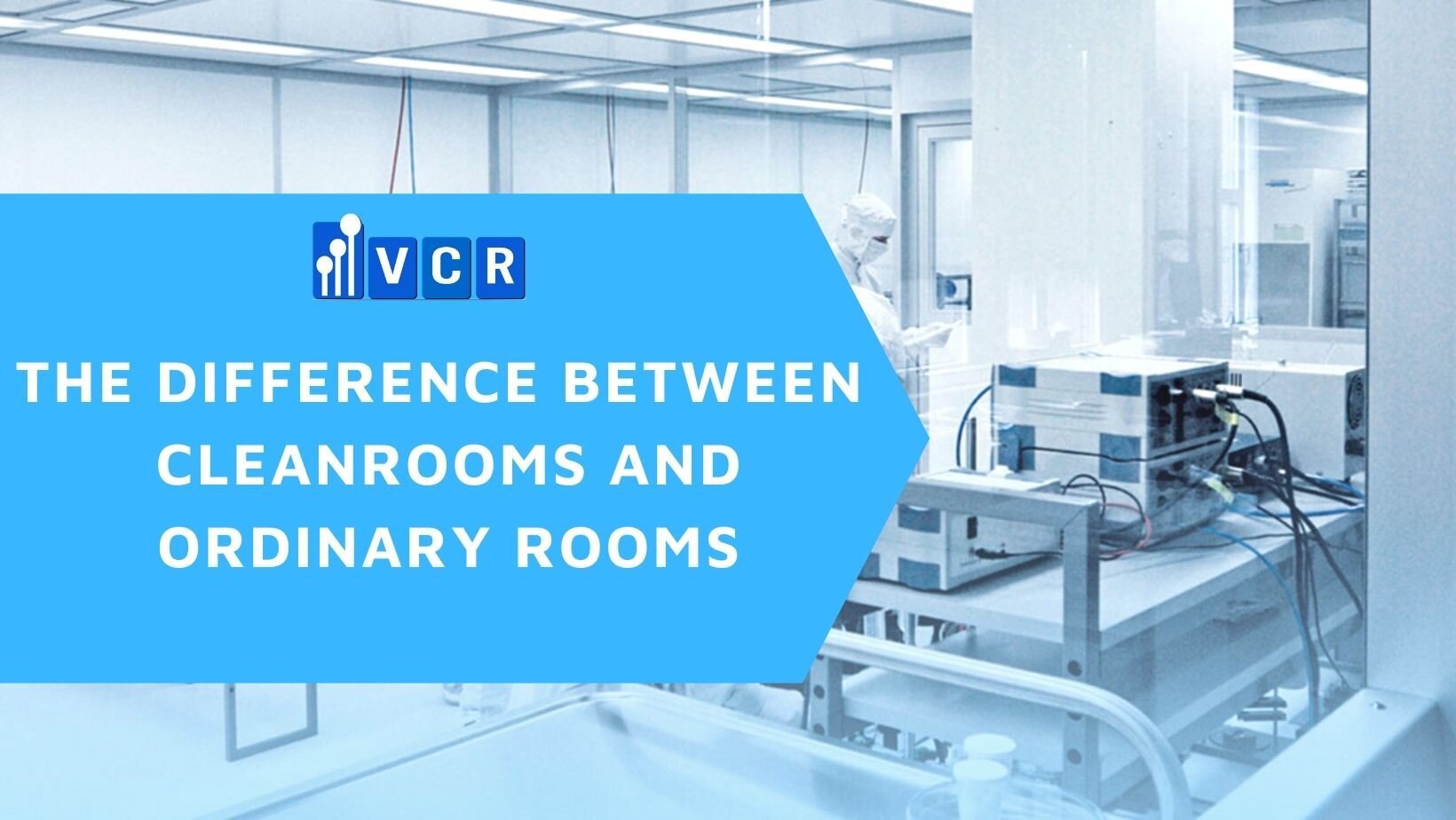
Cleanroom design encompasses much more than conventional temperature and humidity control. Typical office building air contains from 500,000 to 1,000,000 particles (0.5 microns or larger) per cubic foot of air. A Class 100 cleanroom is designed to never allow more than 100 particles (0.5 microns or larger) per cubic foot of air. Class 1000 and Class 10,000 cleanrooms are designed to limit particles to 1000 and 10,000 respectively. A cleanroom differs from an ordinary room in the following ways:
1. Air supply
Whereas an office or a shop would require about 2-10 air changes/hr, a typical cleanroom would typically require 20 - 60 air changes and could be as high as 600 for absolute cleanliness. The large air supply is mainly provided to eliminate the settling of the particulate and dilute contamination produced in the room to an acceptable concentration level.
2. The use of high-efficiency filters
The use of high-efficiency particulate air (HEPA) filters having filtration efficiency of 99.97% down to 0.3 microns is another distinguishing feature of cleanrooms. The HEPA filters for stringent cleanrooms are normally located at the terminal end and in most cases provide 100% ceiling coverage.
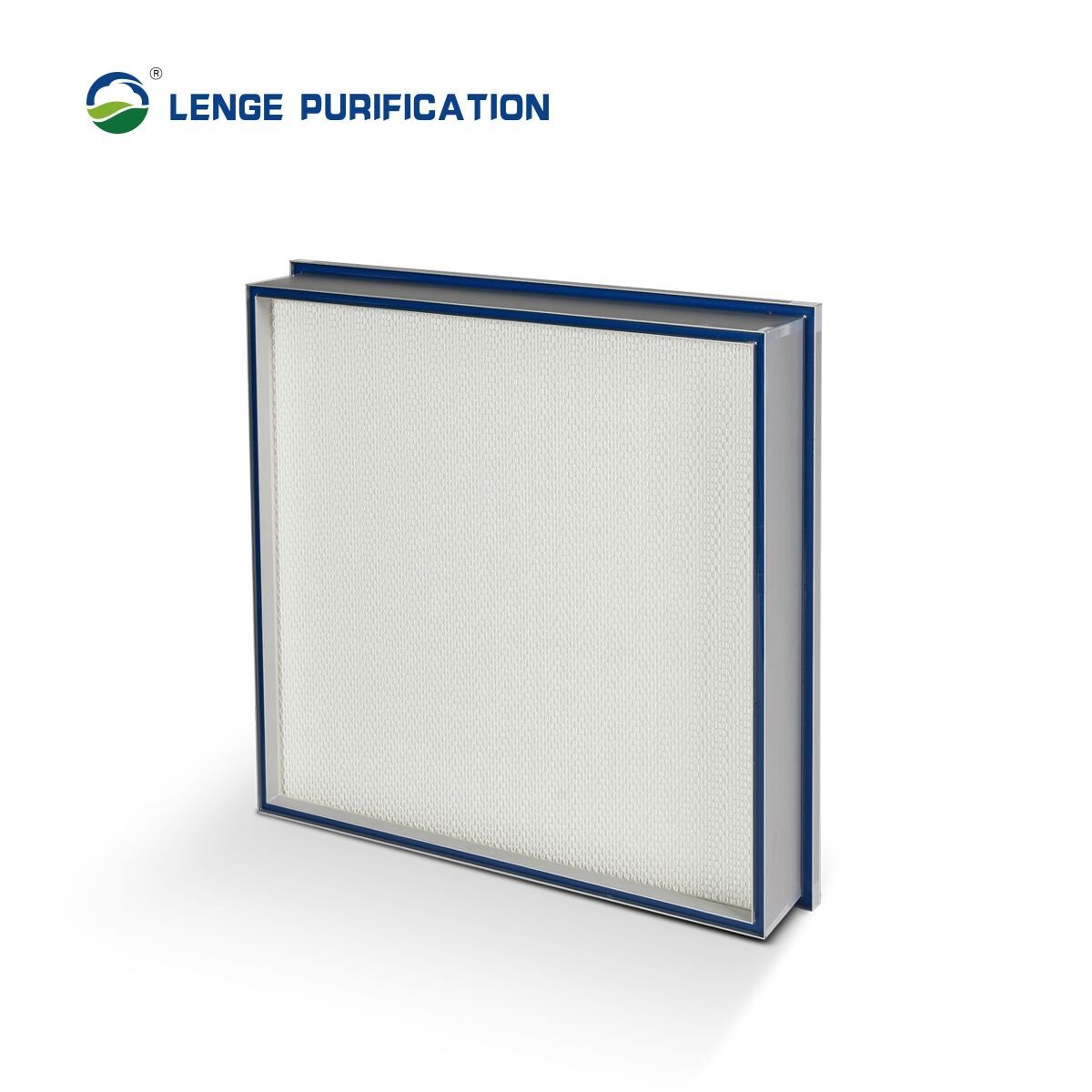
3. Room pressurization and air movement control
To minimize the contamination in cleanrooms, it is important to create a constant, small, positive pressure difference.
When the product is transported from the cleanroom atmosphere to the outside atmosphere, the flow of air is forced out of the cleanroom rather than the air being allowed into the room, due to the positive pressure difference. The cleanroom is positively pressurized (to 0.05 in-wc) with respect to the adjacent areas. This is done by supplying more air and extracting less air from the room than is supplied to it.
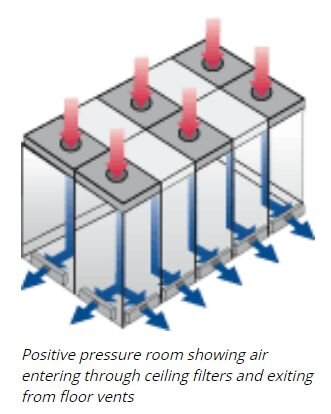
To achieve the correct pressure and allow a designed movement of air from the cleanest to the less cleanroom in a suite, pass-through grilles or dampers will usually be seen at a low level on walls or doors.
Vietnam Cleanroom Equipment (VCR) specializes in providing cleanroom equipment for construction contractors.
We provide high-quality products with competitive prices and large quantities nationwide. The equipment includes:
Differential pressure gauge, FFU Fan Filter Unit, Pass box, Clean room air filter, HEPA box, Clean booth, cleanroom steel door, Isolator cabinet, and other equipment






